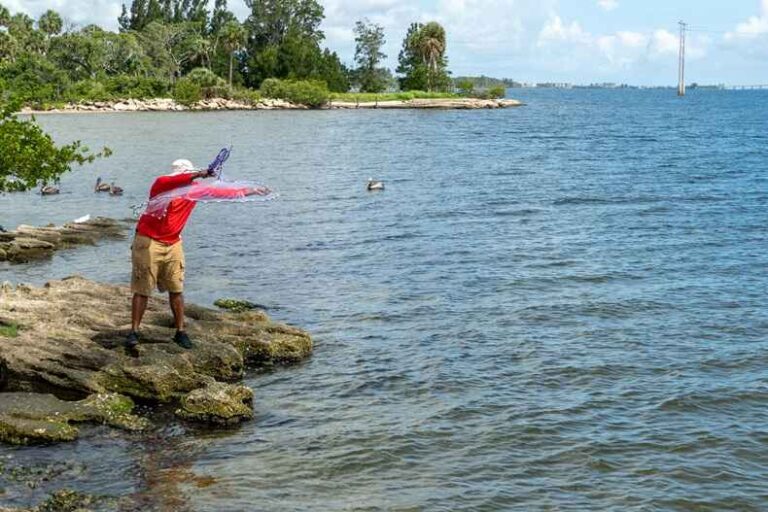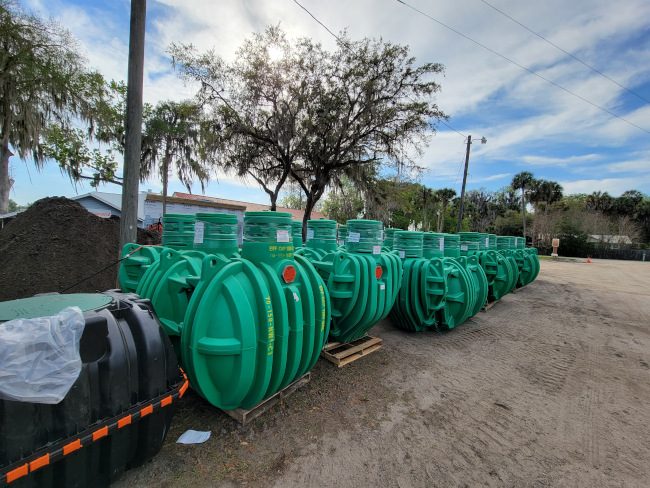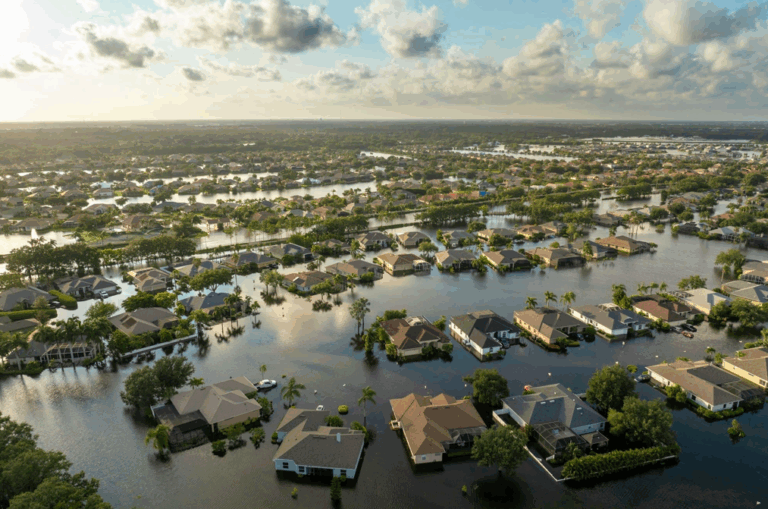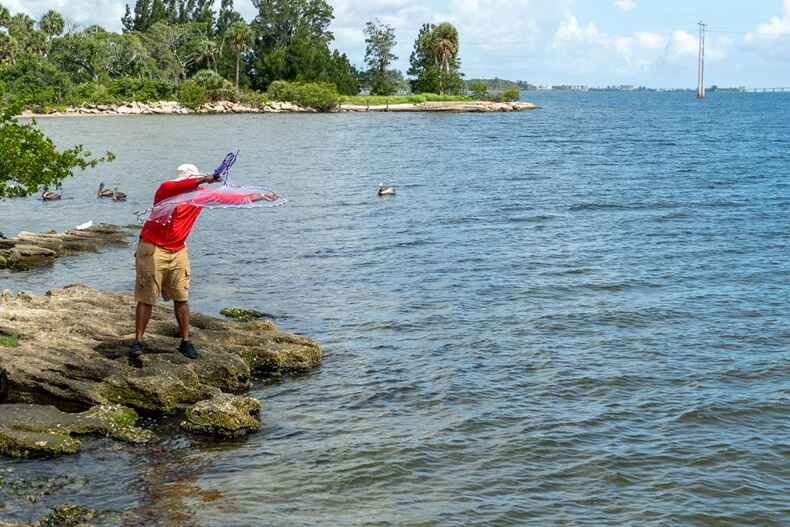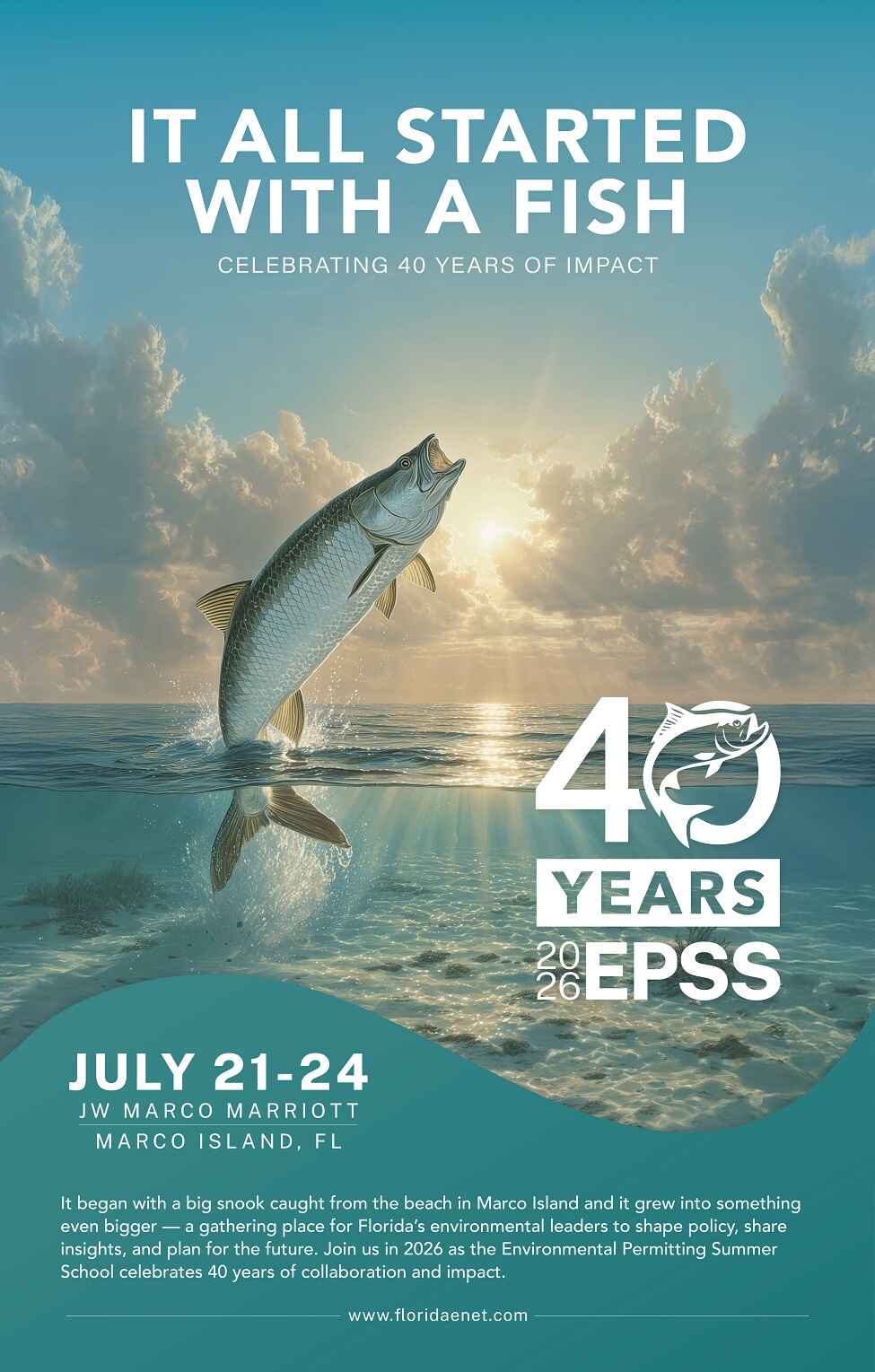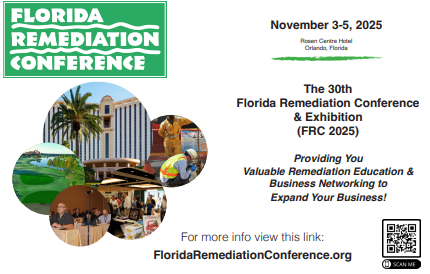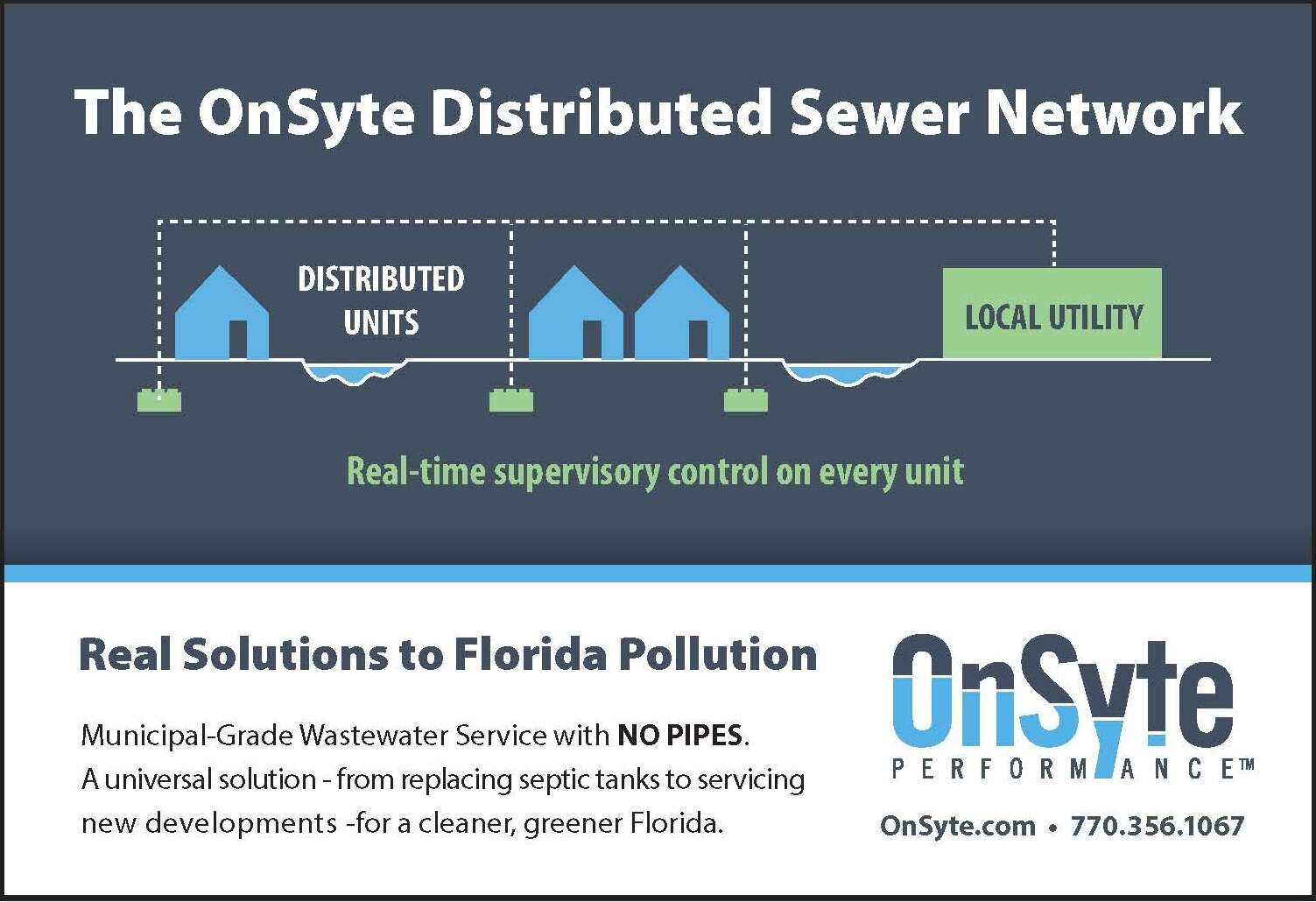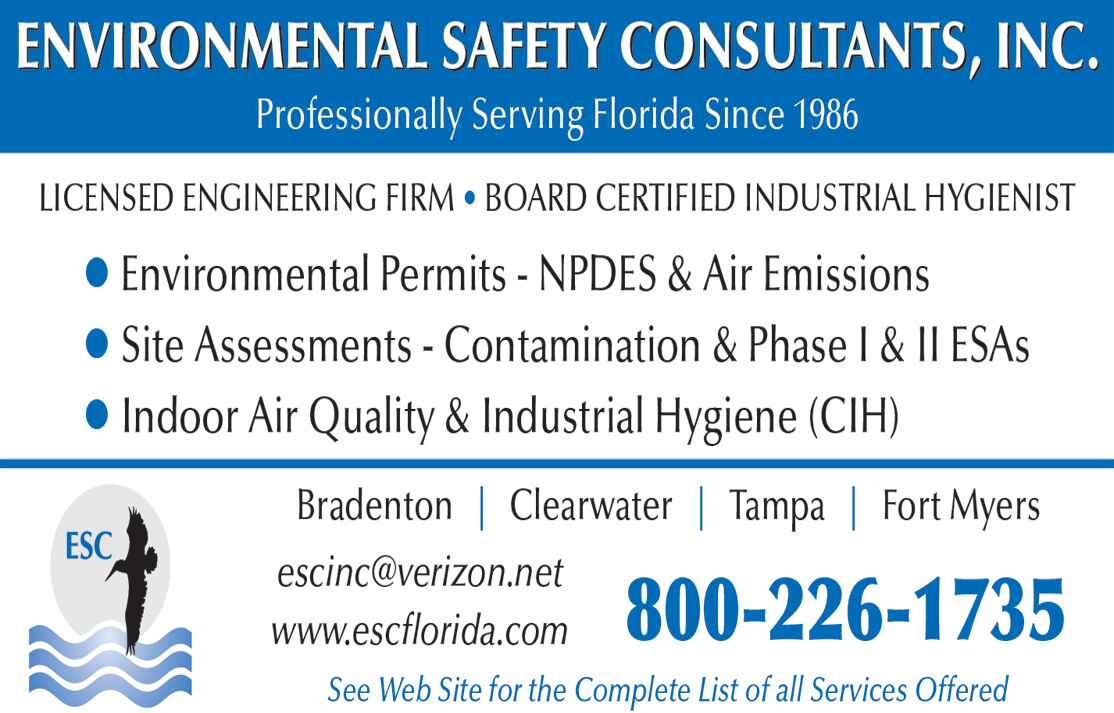By BLANCHE HARDY
A simple web search will yield numerous scientific publications reporting that insect populations are declining with extinction rates between 45 and 75 percent. A meta-analysis of 16 studies completed by the University of California, Riverside’s Department of Entomology found insect populations have declined by roughly 45 percent in the last 40 years.
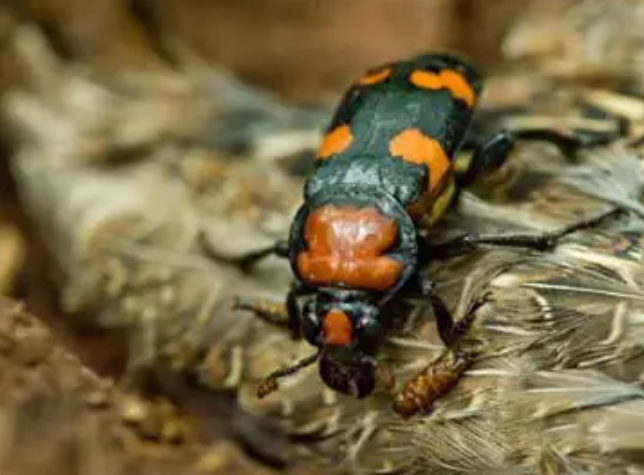
According to “Worldwide decline of the entomofauna: A review of its drivers” — a 2019 study by Francisco Sánchez-Bayo — a comprehensive review of 73 historical reports on insect decline referenced by the United Nations, more than 40 percent of insect species are declining, with a third facing endangerment. The extinction rate is eight times faster than that of mammals, birds, and reptiles. Globally, insect biomass is decreasing by 2.5 percent annually.
Insects make up about half of all known living organisms. They are critical to pollination, nutrient cycling, food chains of birds and other insectivores, and ecosystem support. Insect extinction poses a significant threat to our natural ecosystems and much of our agriculture. Three causes are regularly repeated for their demise, climate change, loss of habitat, and pesticides — frequently neonicotinoids made famous by their devastation of bees.
The United States Environmental Protection Agency is responsible for assessing the risks of pesticides and taking action to protect endangered species and other wildlife. EPA finalized biological evaluations assessing potential effects of three neonicotinoid pesticides on endangered species in June 2022. The neonicotinoids assessed Clothianidin, Imidacloprid and Thiamethoxam are used on a variety of crops, turf, and ornamentals, and for other residential and commercial indoor and outdoor uses.
Biological Evaluations (BE) were conducted on over 1,700 listed species and over 800 designated critical habitats in the United States. They found Clothianidin is likely to adversely affect 67 percent of species and 56 percent of critical habitats, Imidacloprid is likely to adversely affect 79 percent of species and 83 percent of critical habitats, and Thiamethoxam is likely to adversely affect 77 percent species and 81 percent of critical habitats.
The Florida Department of Environmental Protection similarly published “Regional extent, environmental relevance, and spatiotemporal variability of neonicotinoid insecticides detected in Florida’s ambient flowing waters,” which notes the moderate to high water solubility and environmental persistence of neonicotinoids, “allows these compounds to readily enter, and be retained in, water resources where they may harm nontarget organisms and impact biological communities and associated trophic structures negatively.”
The results of monthly statewide sampling of 77 surface water trend monitoring stations in 2015 showed that imidacloprid, the state’s study targeted neonicotinoids, is ubiquitous throughout Florida’s flowing surface waters. In 24 of the 25 FDEP drainage basins sampled, detections ranged from 2 to 660 ng/L. FDEP found a notable direct correlation between imidacloprid and the presence of two land use classes: urban and orchard and vineyards.
Twelve stations representing these eight basins were resampled from August 2019 to July 2020. Imidacloprid was detected in all samples. During both events, neonicotinoids were found at concentrations known to produce deleterious and, in some cases, fatal effects on aquatic invertebrates at all 12 monitoring stations.
FDEP’s Florida study adds to the body of literature documenting the regional extent of imidacloprid’s chronic long-term exposure potential to aquatic insect communities. It also serves as a wake-up call to address the challenges associated with prohibiting the entry of neonicotinoid compounds into water resources.
Restricting the sale of products containing imidacloprid and other neonicotinoids, improving agricultural pest management strategies and better educating consumers about products they can purchase off the shelf all have their role in improving the situation.


